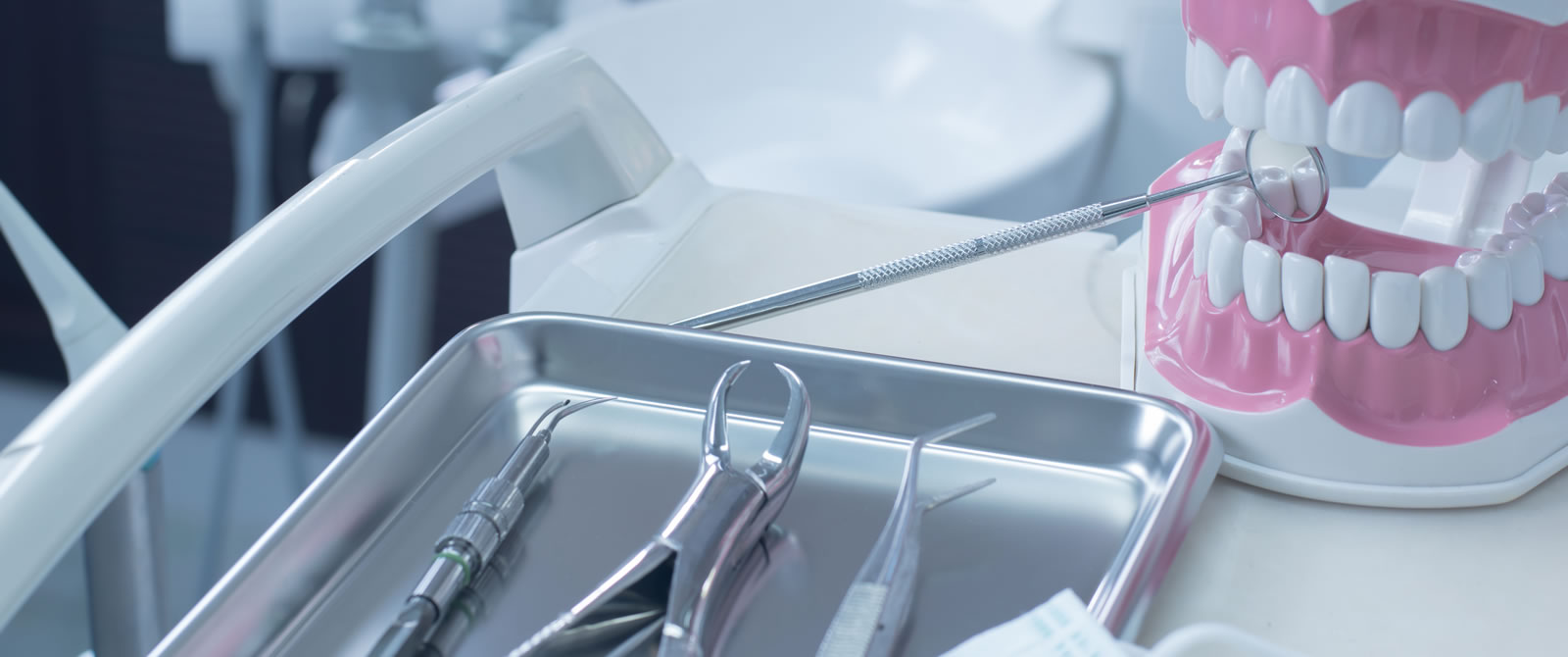There are several situations when missing teeth will cause the jawbone to atrophy over a long period of time, and thus looking at Bone Grafting options may be the next step. Problems arise when the jaw area gets reabsorbed in the area where the teeth are missing and that will eventually lead to a decrease in the bone quantity and quality. This is when bone grafting is needed and necessary.
When the dental implants are needed to fix those missing teeth and the jawbone has degenerated, the problem happens. Patients then become not good candidates for these dental implants. Bone grafting is done to make dental implants possible to these patients. It helps by replacing the missing bone and then promoting brand new bone growth.
There are several main factors that affect the volume of the jaw bone:
- Periodontal Disease: Periodontal disease can affect and permanently damage the jaw bone that supports the teeth. These affected areas will continue to worsen until the teeth become unstable.
- Tooth Extraction – For patients who have experienced a tooth extraction unfortunately and subsequently lose a ton of the bone surrounding the extraction site during the following three years. A loss of bone results in what is called a “bone defect”.
- Injuries and Infections – Injuries that result from a blow to the jaw can cause the bone to recede. Infections also cause the jaw bone to recede in a very similar and negative way.
Reasons for Bone Grafts
Bone grafting is a highly successful procedure in most cases. It is also a preferable alternative to having missing teeth, diseased teeth, or tooth deformities. Bone grafting has the ability to increase the width or width of the jawbone and it also can fill in voids and defects within the bone itself.
There are essentially two basic ways in which bone grafting can positively impact the health and stability of the teeth:
Jaw Stabilization – Bone grafting will stabilize and also help restore the jaw foundation for restorative or implant surgery. Deformities will and can also be corrected and the restructuring of the bone can provide the added support that’s needed.
Preservation – Bone grafting can also be used to limit and even prevent bone recession following a tooth extraction, periodontal disease, or any other invasive processes.
Depending on the degree of damage, patients may need a little or a lot of bone grafting. The bone for grafting comes from the patient’s own body, such as from their hip or tibia. It can also come from a tissue bank. For more information for dental bone grafts and bone grafting procedures, call Dr. Joseph Manfredi at Artista Dental Studio for a consultation on treatment options.

